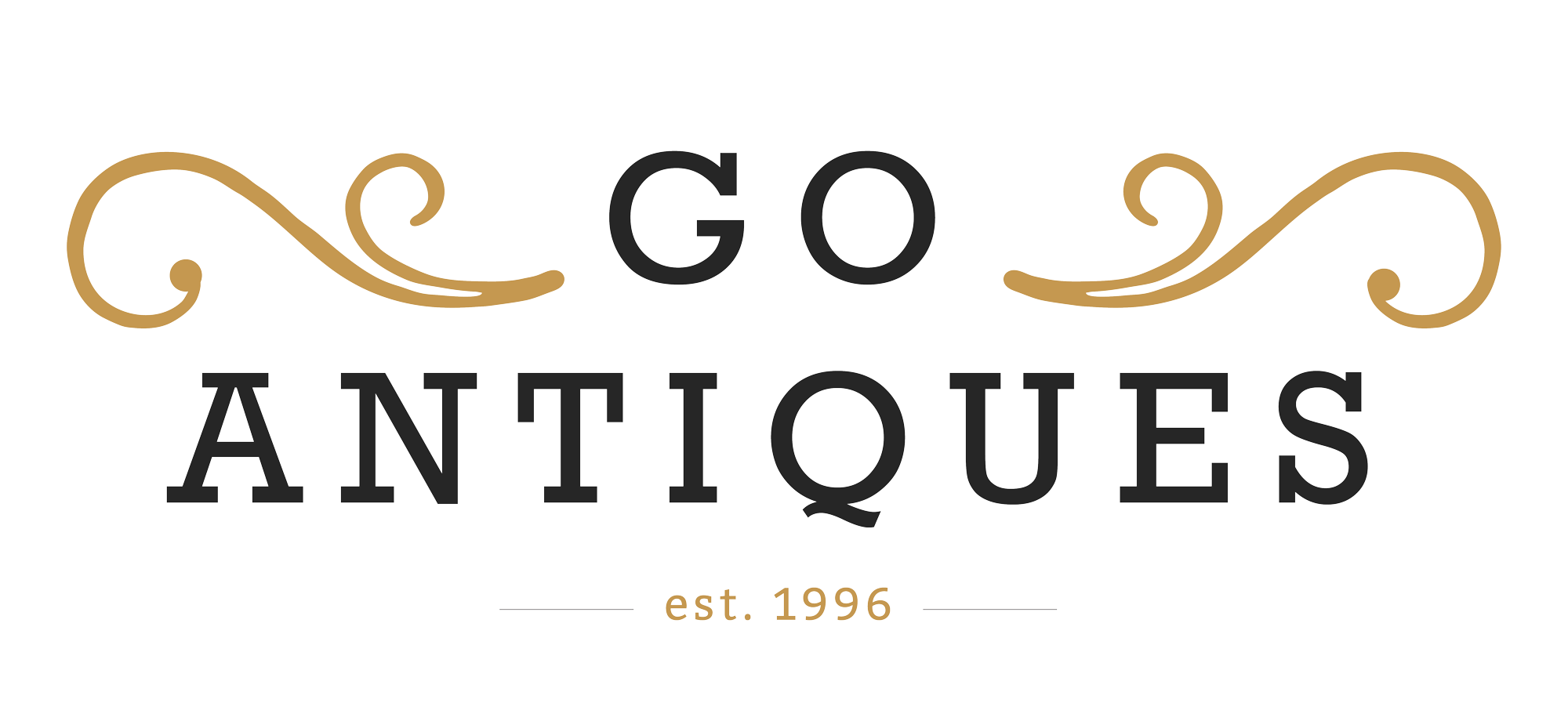Learning To Discern
This is Part 1 of an ongoing series.
Collectors with a “good eye” build killer collections. They know where to go, what to think about, what to pay, and when to pounce. They have learned how to assess each item they are considering for their collection. In fact, this ability to discern makes even the youngest of them seem seasoned and gifted.
Fortunately, having a good eye is not something you either have or don’t have at birth. It’s not like being born with perfect pitch. It’s not a gift of genetic coding that enables you to send a 15 lb shot put through the school’s back fence on your first try. It’s not like being born into the Rockefeller family, with such preposterous wealth that you can hire someone else’s good eye to build a collection of treasures for you. So, even if you think you’re the puny one at the waaaay back of the Innate Talents and Gifts Line, take heart, because with motivation and practice, you too can develop a good eye!

The Longman’s Dictionary of Contemporary English describes having a good eye as being “good at noticing a particular type of thing, especially something attractive, valuable, [or] of good quality.” Anyone willing to learn the intricate variations and differences between collectibles within a particular group can absolutely develop this talent. Anyone can learn to discern. The definition of discern is this: it is to perceive by sight and by the intellect. It is to distinguish mentally and recognize the difference between things. It is to become discriminating, in the best sense of the word. Those who take the time to learn to discern can develop an eye so good as to seem gifted.
The key to discerning is not that difficult. You must learn to distinguish between elements, not only looking at a potential treasure, but actually seeing it. This involves consciously asking yourself a specific set of questions and thinking through the answers. Interestingly enough, these core questions remain the same regardless of what it is you enjoy collecting. They are the “five W and H questions,” (who, what, when, where, why, how) and they are like secret weapons in a collector’s toolbox. The value in developing a good eye isn’t just the pride of doing something well, or even in attaining recognition of your skill. It is that, at the end of the day, you will wind up with a vastly better collection of the things you love.

Even though the core questioning method (five W and H questions) remains constant, each type of collection requires its own variation. For example, the elements on a timeline that a collector of Anime figures or Marvel action figures needs would be different than the timeline information that would be helpful to a collector of antique watches. The interconnectivity between each category of collectibles, the culture of its era, technological milestones, and even historical events is certain. Because of this, developing the question when, for your particular collection, will enable you to place a potential treasure more accurately in it’s time.
For example, if you were a collector of antique pocket watches, knowing something about metal working technology and historical events during the Victorian era and early 20th Century would be of great value. That watch collector would want to know that a white metal watch case could not possibly be older than 1895, when the invention of the oxyacetylene torch first made it possible to melt platinum for use in cast jewelry and watchmaking. Moreover, knowing there was no formula for white gold before 1912 would eliminate that as a possible material as well. Stopping long enough to think about a watch development timeline would reveal that the watch case could only be silver or a base metal. This bit of discernment might alter what price that collectors would pay, no matter how excited they might be at the moment.

Seasoned members of collecting hub Gemr.com’s Vintage Watch Club can date a watch just by looking at it.
Your eye is honed as you work through developing how to ask these questions. By answering these questions, you are developing a kind of conscious inquiry that enables you to zero in on what it is you actually see, recognize gems when you come across them, and pay no more than absolutely necessary (That quiet hyperventilation of discovery improves with practice…or so we are told.)
Developing your eye will give you the ability to further enhance your love of collecting, or perhaps turn your hobby into a serious collection. It doesn’t need to begin at birth, and it grows with practice. So, take heart, it really doesn’t matter if you were born with a tin ear, a propensity to trip, or slow word processing. You can start now, at any age. In this series, you’ll learn how to give yourself the gift of having a good eye!
This was part 1 of an on-going series. To see Part 2, click here.





